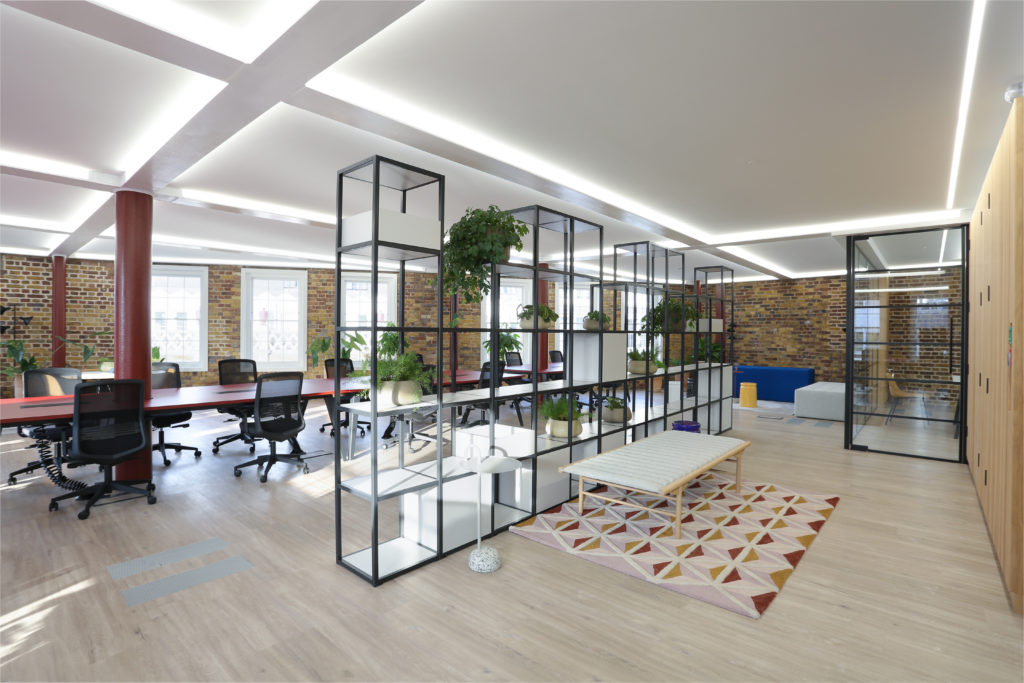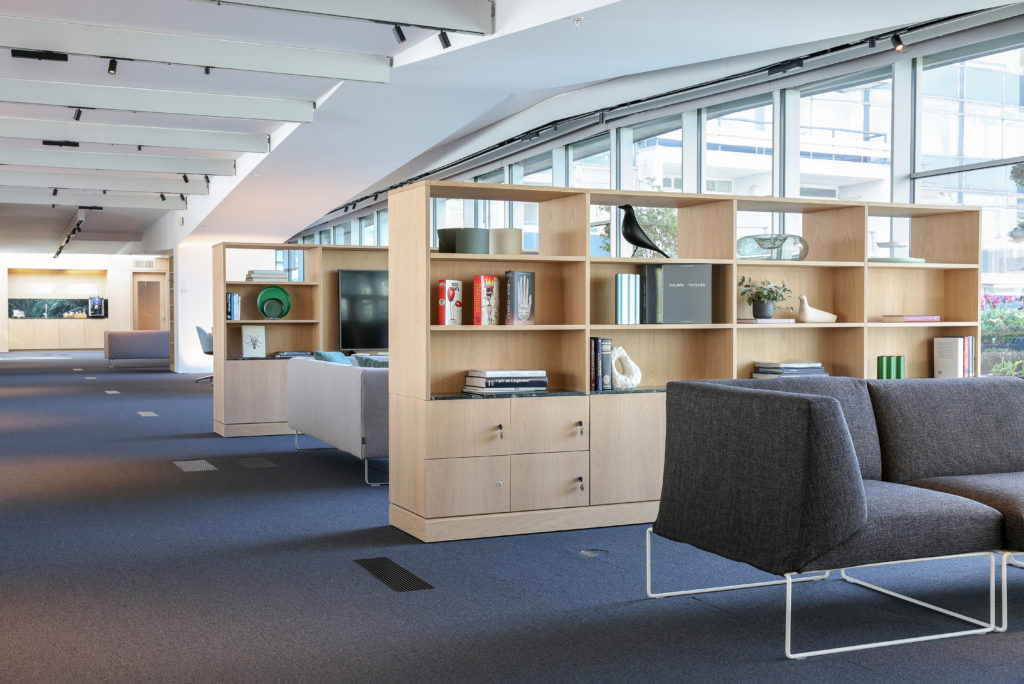Prior to the recent COVID-19 pandemic, companies with a flexible working policy were relatively rare. But as 2020 has shown us, many businesses have been forced to become more agile, more flexible – not just how they work, but where their people work.
Flexible working used to be seen as a benefit for employees, but pre pandemic, a trend was emerging amongst forward-thinking companies. These businesses were seeing the benefits of flexible working, including increased productivity, and this trend has been accelerated by enforced remote working due to the pandemic.
Most businesses still need an office, but not necessarily a desk for every employee. The office now holds more significance than being somewhere employees must go to every day. It’s the place where employees can host client meetings, teams can collaborate, share ideas, and socialise. The office still plays a fundamental role.
Businesses need offices for their employees to come into every day if required, but they need to become more flexible. Since COVID-19, we are seeing a rising numbers of companies, both big and small, looking for ways to integrate both flexible working and agile working by embracing flexible hours, processes, and finally – workspaces.

Facts for the future
A recent study from recruiter Robert Walters, ‘A Guide to Hybrid Working: Obstacles and Solutions’ which surveyed 2,000 UK professionals in order to identify the symptoms of dysfunction in hybrid working, found that 85% of UK professionals now expect as standard more flexibility to work from home post-pandemic – with 78% of professionals stating that they would not take on a new job until this was agreed upfront with their prospective employer.
Chris Poole, Managing Director of Robert Walters UK commented: “It’s not surprising to hear the call for more office time given that 85% of professionals recorded a decline in their wellbeing in 2020.
Added to this, studies have found that employees working mainly from home were less likely to receive a bonus, get promoted or receive training than colleagues who spent more time in the workplace.”
The report suggests that younger workers could be particularly impacted by the lack of time in the office, with 75% of workers aged 18-26 year (Gen Z) stating that the workplace is their number one source of meaning and social connection. In fact, 54% of Gen Z workers have said they are likely to leave their employer within 12 months if a workplace culture does not return.
Poole added: “Our research shows that the diminishing social capital accessible through the hybrid or fully working from home model could turn the younger staffers into a ‘flight risk.’ Additionally, talent retention is at its highest levels when employers invest time and effort in building and maintaining a workplace culture that prioritises social capital for employees.”
Quite clearly the office is here to stay, but it must adapt to the growing importance of being able to provide comfortable and adaptable working space – key to employee wellbeing.

An underfloor answer to workplace wellness
It’s clear to see why here at AET, we are seeing an accelerating trend towards more flexible, future-proofed, and sustainable office space. This has led to an increasing demand for our underfloor systems for some time, but the pandemic’s lockdowns have certainly made more people consider the end-users of this office space, and how they can be best served.
Workplace wellness is an increasing concern and is quite clearly a key element for workers coming back into the office. The Workplace Wellness Study conducted by Future Workforce found that workplace environment is more important to employee satisfaction, engagement, and productivity than most organizations realize. 67% of employees said they are more productive in workplaces that promote a healthy environment. One-third said they lose at least an hour of productivity each day due to office environments that don’t support their daily health.
Beyond the inherent flexibility of underfloor air conditioning systems, they also offer high levels of energy efficiency, sustainability, and air quality. As there is no ductwork with an underfloor system, individual zones operate at very low-pressure encouraging energy efficiency. AET’s systems have helped attract LEED, BREEAM, and other Green Building points, and can provide up to 30% savings in energy costs and a 29% reduction in CO2 emissions when compared to ceiling-based systems.
Having been around for nearly 30 years, underfloor air conditioning remains a relatively untapped resource. However, over the past 5 years, and due to the increased demand for the flexible space that the post pandemic office requires, the industry has been set alight to the concept. An increasing number of developers, architects, consultants, contractors, and occupiers are all discovering the many benefits to underfloor air conditioning and its key role in offices of today and the future. We have been working on some exciting projects pre and post pandemic, and we can’t wait for the end-users to start enjoying the benefits of these stunning workspaces.



